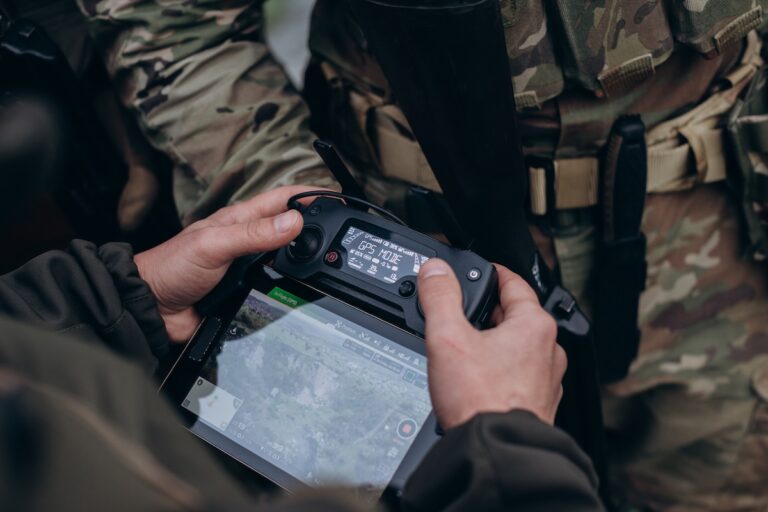Navigating Uncertainty: Smart Supply Chain Planning in a Volatile Economy
Volatility as the New Normal
In today’s economic climate, volatility is no longer the exception—it’s the standard operating environment. Shippers and logistics providers who once relied on predictable seasonal patterns or long-term forecasts are now facing near-constant disruptions. Global conflicts, trade policy shifts, material shortages, and unpredictable consumer behaviors have made rigid, static planning methods outdated. Companies that outperform their competitors today have evolved their planning processes to be more integrated, flexible, and responsive to change.
This shift demands a mindset change at every level of supply chain management. Planning must move beyond the annual budgeting exercise or quarterly forecast cycle. It must become a living, breathing process that adapts to change with speed and precision.
Integrated Planning: Building Agility Across Functions
One of the cornerstones of resilient supply chains is Integrated Business Planning (IBP). Unlike traditional models where finance, sales, and operations plan independently, IBP creates a unified, enterprise-wide view. Teams across the business collaborate around shared data, enabling faster, more coordinated responses to disruptions. This shift dramatically reduces the time lag between recognizing a disruption and responding to it.
For example, during the 2021 semiconductor shortage, companies like Ford Motor Company used integrated planning models to prioritize production of their most profitable vehicles, dynamically reallocating scarce chips to high-margin models while temporarily idling others. Their ability to quickly reassign limited resources allowed them to protect earnings during a severe supply shock.
IBP platforms also support real-time scenario analysis. When transportation costs spike, raw material shortages loom, or a supplier signals a delay, organizations can model the financial and operational impacts within hours—not days. This rapid feedback loop enables proactive decision-making, transforming planning from a backward-looking activity into a strategic weapon.
Scenario Modeling: Planning for Multiple Futures
The best planners know they cannot predict the future—but they can prepare for multiple possibilities. Scenario modeling is about building structured “what-if” responses to critical risks that are mapped and rehearsed ahead of time. Companies like Maersk, for example, model the impacts of port shutdowns, labor strikes, fuel price volatility, and regulatory changes so they can shift resources quickly when signals emerge. Many companies are using “Digital Twin” processes and tools to assist with these simulations.
In practice, scenario modeling can range from simple sensitivity analyses—”what if lead times increase by 30%?”—to complex simulations of network-wide disruption. The key is not to prepare for every conceivable event but to focus on the most likely and most impactful threats. Companies that invest in this discipline avoid paralysis during crises because they have already identified thresholds, response playbooks, and escalation paths.
Consider the 2023 Panama Canal drought, which slowed global shipping lanes due to limited water levels. Organizations that had pre-modeled shipping delays through alternative ports or adjusted their inventory positioning beforehand experienced minimal disruption compared to those reacting late.
Cost vs. Risk: A New Way to Evaluate Supply Chain Decisions
The traditional race to the bottom on cost is giving way to more balanced decision-making frameworks. Purely cost-driven supply chains are fragile; they offer little margin for error when volatility strikes. Leaders today evaluate sourcing, production, and transportation decisions through a risk-adjusted lens.
Consider the pharmaceutical sector: during COVID-19, companies that had diversified their sourcing of active pharmaceutical ingredients (APIs) outside of China faced fewer delays and shortages, while those with highly concentrated supply chains struggled. Similar trends are emerging across industries, from electronics to agriculture.
Risk-adjusted supply chain strategies might include maintaining dual sourcing, investing in nearshoring or friendshoring strategies, holding strategic inventory buffers, or securing longer-term transportation contracts with flexibility clauses. Transportation contracting, too, is evolving: blending spot rates and contracted capacity ensures cost competitiveness without exposing companies to capacity shortfalls.
Forecasting in an Era of Rapid Change
No forecasting model can fully predict the future, but leading organizations dramatically improve responsiveness by layering real-time signals onto historical trends. Forecasts are no longer static documents—they are living tools updated dynamically based on the latest data.
For example, Walmart uses machine learning models that integrate point-of-sale data, weather patterns, promotional calendars, and even social sentiment analysis to fine-tune inventory positioning daily. In logistics, companies are incorporating port congestion indexes, trucking capacity indexes, commodity pricing feeds, and geopolitical risk scores into short-term planning windows.
Dynamic forecasting allows companies to shift from “managing the past” to “sensing and shaping the future.” When a port delays shipments, a weather event threatens crops, or a labor strike brews in a critical supplier region, leading organizations spot these shifts early—and act before competitors even realize a threat exists.
Planning as a Competitive Advantage
The old adage of “measure twice, cut once” has never been so appropriate. Supply chain planning has shifted from being an operational support function to a true competitive differentiator. Companies that master integrated planning, robust scenario modeling, cost-risk optimization, and real-time forecasting are not only better at weathering disruptions—they actively capitalize on them. For example, while many retailers struggled with stockouts during the pandemic, companies like Target leveraged superior supply chain planning to gain market share, ensuring products were available when competitors could not deliver. By investing in inventory visibility, demand sensing, and fulfillment flexibility, Target minimized disruption while enhancing customer loyalty.
Similarly, Unilever’s digital supply chain transformation has enabled it to respond faster to market changes, launching new products more quickly and adjusting sourcing dynamically based on evolving trade environments.
Organizations that continue relying on fragmented processes and static plans will find themselves increasingly vulnerable. Volatility is not going away, but for companies willing to invest in smarter planning strategies, it offers a real path to growth, resilience, and leadership.







